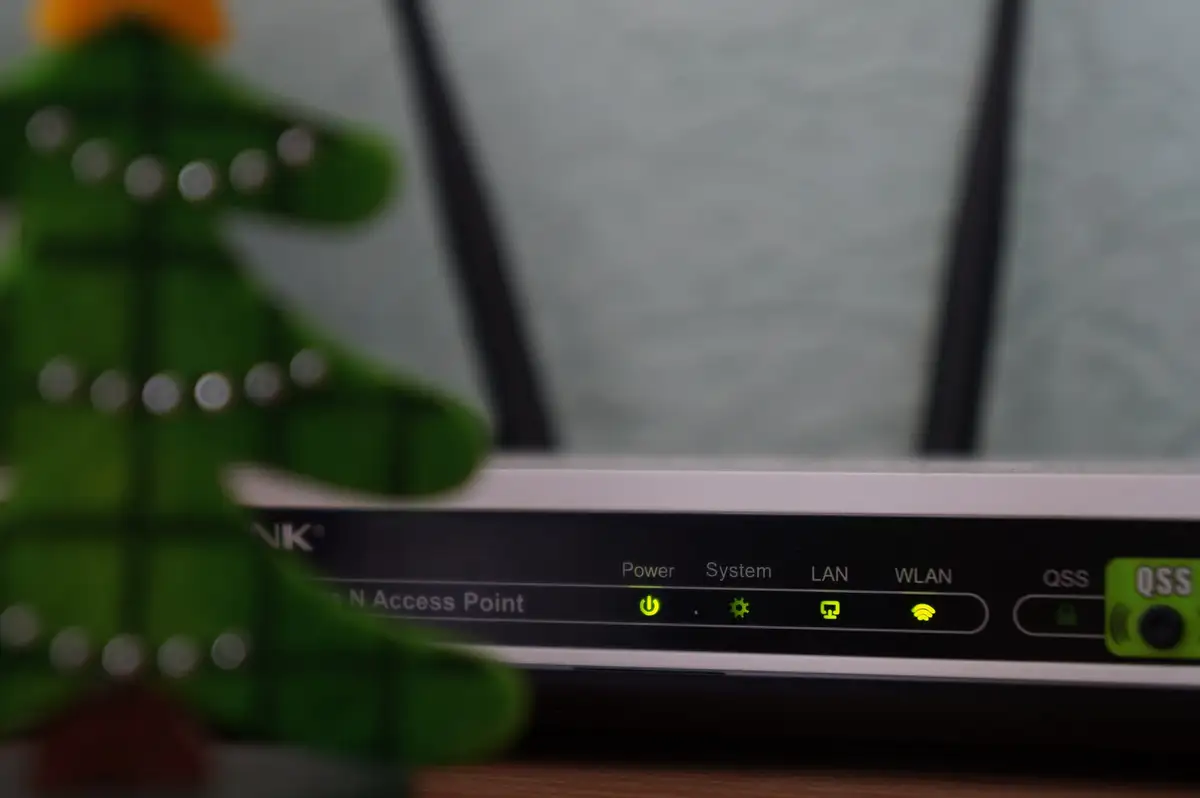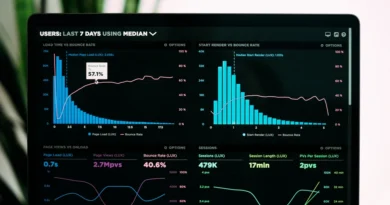What is a Label Switching Router?
Routers that support and comprehend the Multiprotocol Label Switching (MPLS) protocol are known as label switching routers. Traditional IP address-based forwarding is slower than MPLS, which can manage high Internet traffic volumes. Routing aids in traffic balancing and resource optimization on the network.
MPLS packets are delivered to their intended routes in large part by label-switching routers. Consider yourself lost on a new highway as you try to grasp the concept of a label switching router. When you’re lost on the road, road signs can be a lifesaver. Similar to a lost traveller, MPLS packets struggle to find their way. MPLS packets are guided to their correct destination by label switching routers, which operate as road signs.
In a few of seconds, label switching routers can identify and route packets based on the labels they contain. Because they don’t have to constantly examine and calculate data, they’re more efficient than a regular router in this regard.
Label switching routers can only be completely appreciated if one has a firm knowledge of the fundamentals of networking. MPLS and labels are included.
Also Read: 5 Best IT Outsourcing Advantages for Small Business
Why Do I Need a Data Packet Label?
The label of a data packet tells you what kind of traffic it is carrying. Voice, video, and email traffic are all identified by this flag. The data would then be routed through a label switching router based on this information.
What Is MPLS, and What Is It Used For?
An MPLS network employs labels to direct data packets to the right destinations.
Networks have traditionally routed traffic based on the IP headers of data packets. Due to the router’s requirement to examine every data packet’s IP address information at each data transmission point, this technique is time-consuming.
Using MPLS, labelled traffic is routed according to the type of data it contains. On the basis of their Forwarding Equivalence Class (FEC), they are subsequently sent on their way.
There are three types of FEC: “real-time” for phone and video traffic, “best-effort” for browsing and email data, and “mission-critical” for traffic from and to customer relationship management (CRM) systems.
How Many Label Switching Routers Are There?
Label switching routers may be classified into four categories:
- As the name implies, an ingress router is responsible for directing traffic into the network.
- The transit router is in charge of moving MPLS packets to the next available path on the network. It includes a wide range of network and route management options.
- In the last router – The penultimate router, the packet pushes a label onto the stack when it enters an MPLS tunnel. Before moving on to the next transit router, the second label is popped by the penultimate router.
- There is an egress router positioned at the end of the network. It’s the point at which data leaves the router and makes its way to the LAN (LAN).
The Label Switching Routers have what advantages?
Some advantages of using a label switching router include:
- Label switching routers outperform typical IP-based forwarding in terms of speed. Packets may be sent more quickly and the network’s bandwidth can be increased by using these tools.
- With billions of people using the Internet every day, routing traffic may get burdensome. Many IP addresses can be connected to a single or a few labels using label switching routers.
- In a nutshell, label switching routers are designed to swiftly and easily distribute MPLS packets into the traffic stream. It creates delays by not allowing packets to move around to inspect and calculate data.
- With label switching routers, customers don’t have to buy new hardware to make new distant connections. This saves money.
Is There a Problem with Label Switching Routers?
Using label switching routers has its own set of issues. Additionally, they were developed to connect enterprises with multiple locations via data centres. Cloud service providers are becoming the primary source of traffic for most organisations, as most of them now employ cloud services.
For label switching routers, you’ll also need to invest in a more expensive Wide Area Network (WAN) connection.
Conclusion
Label switching routers have made it feasible for the telecommunications and networking sectors to make use of MPLS.




